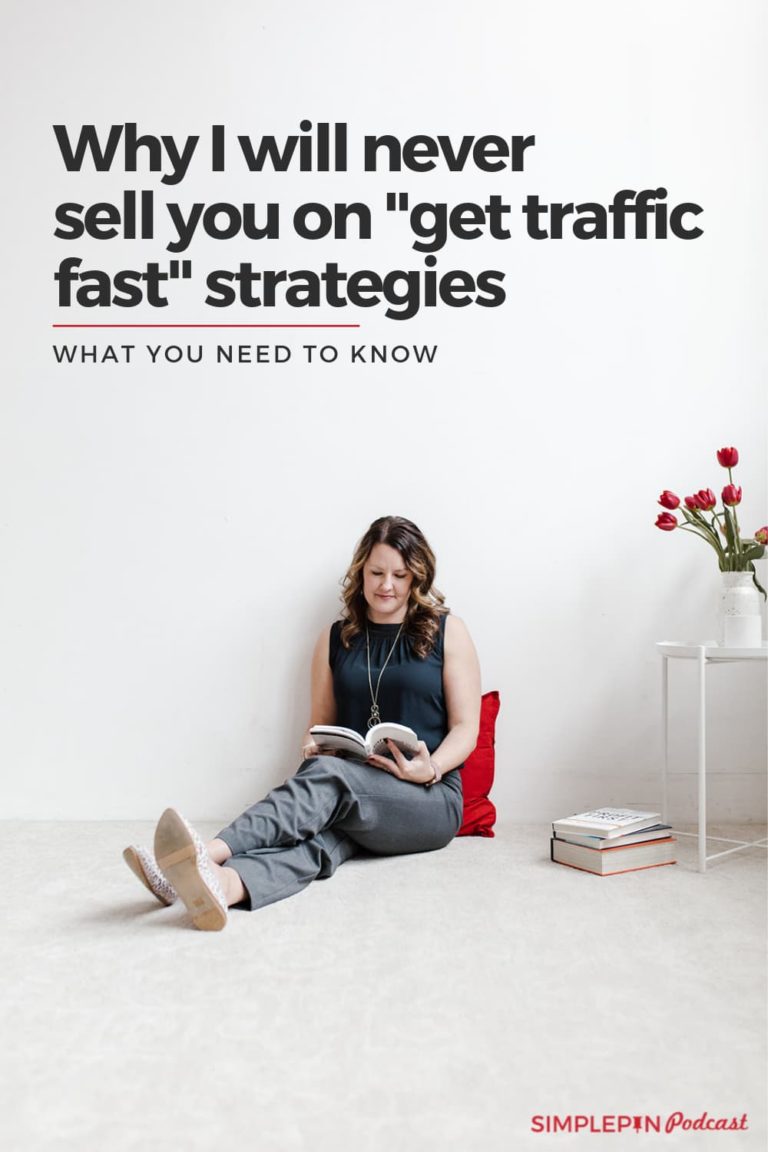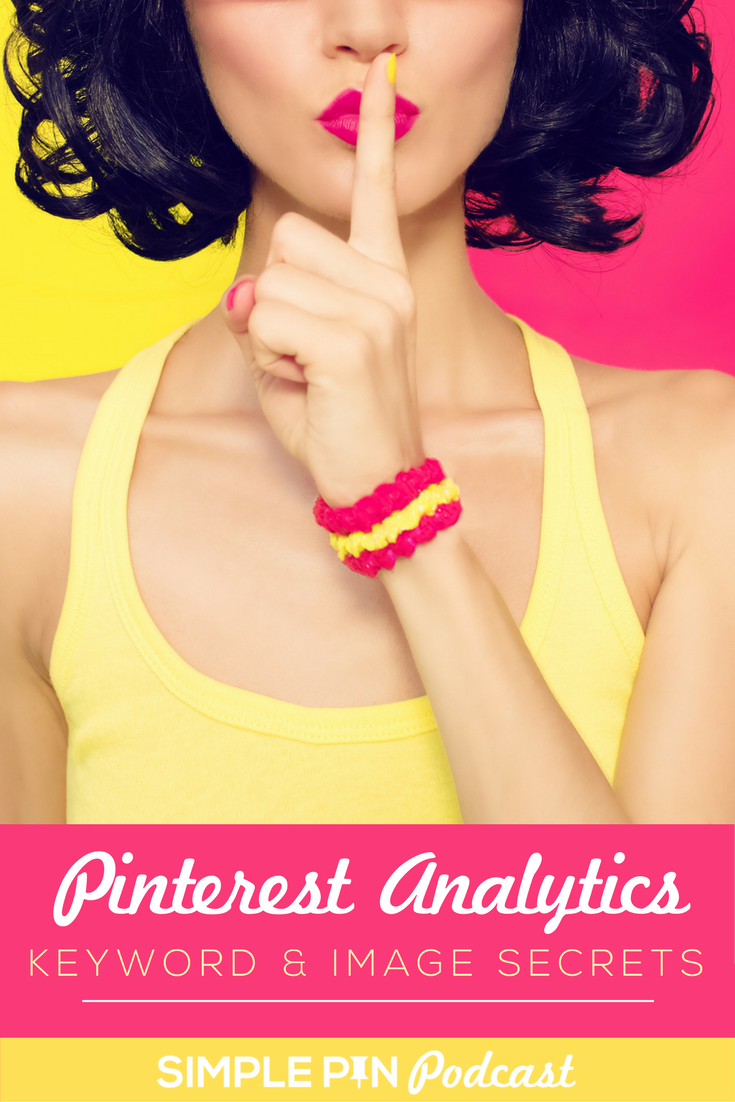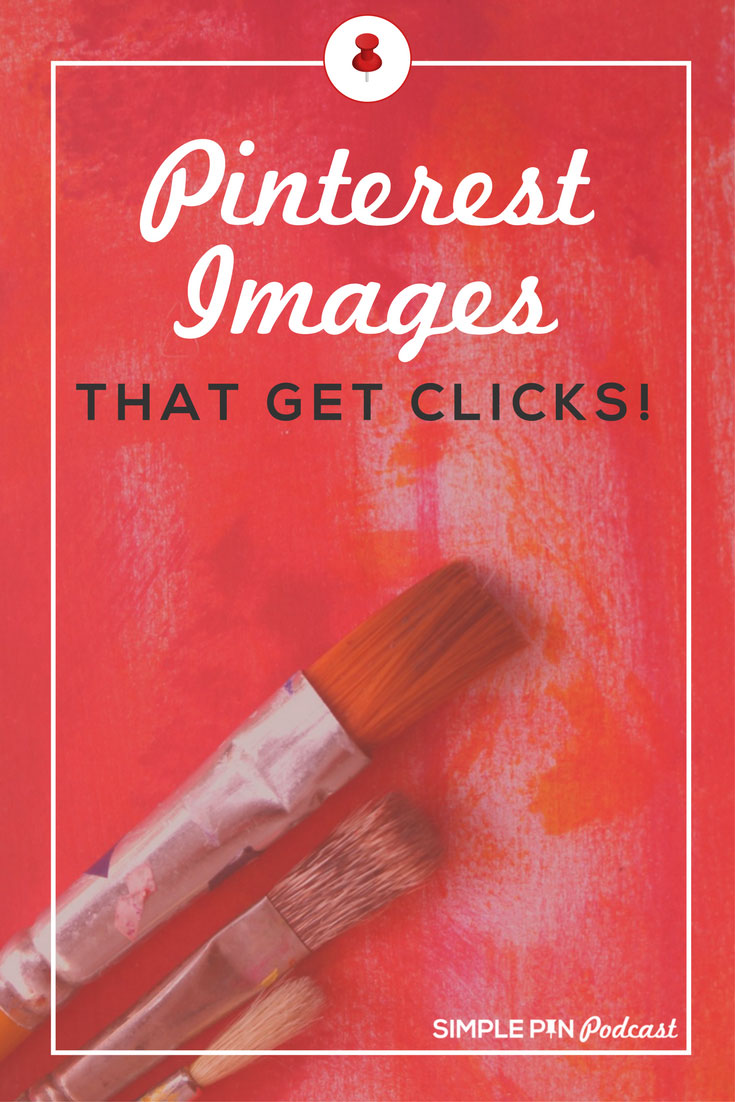In today’s episode of The Simple Pin Podcast, Kate chats with Katie Trant from Foodie Brand Lab about the concept of branding. Starting with the foundational question, What is branding?, the discussion explores how to truly understand branding—whether you’re two months, two years, or even 12 years into your business journey.
Katie shares insights from her extensive experience working with big brands, her own business, and helping others establish their brand identities. Let’s dive into the key takeaways.

Introduction to Understanding Branding
Kate: Katie, welcome to The Simple Pin Podcast.
Katie: Thank you so much for having me.
Kate: I’m so excited to chat with you. I first heard you on the Food Blogger Pro Podcast while getting ready one morning. As I listened, I started framing up questions, and what stood out to me was this whole world of branding.
I use the term “branding” casually—like when I say, “Make sure your Pinterest images are branded.” But after hearing your story, I realized branding is so much more than that. It’s almost existential—a perception we can’t always control, and in this light we might not understand branding as well as we think. So, let’s start there: When I say “branding,” what does that mean to you now versus before you entered this industry? What does it really mean to understand branding?
Related: Personal Branding & Pin to Website Connection
What Is Branding?
Katie: To be honest, I didn’t think much about branding before I got into the field. The technical definition of branding is the act of applying an identity to something. For example, when you say, “Apply your branding to Pinterest pins,” you mean using your visual identity—colors, logos, fonts—so people recognize your content. That is branding, but it’s just one part of it.
People often think branding is just their logo, visual identity, or personal style. But branding is a complex ecosystem made up of many elements. Creators benefit from understanding not necessarily every aspect, but at least the major components of branding and how they apply to their businesses. To truly understand branding, it requires seeing the bigger picture beyond just logos and images.
Understand Branding for small businesses
Kate: That resonates with me. When we think of branding, we often think of big companies like Coke or Starbucks. As small business owners, it can feel like branding doesn’t translate to us because we’re often starting with a hobby, an idea, or a passion. For someone just starting or bumping along in their journey, what are the key elements they should consider when building their brand?
Katie: Branding is crucial, even for small businesses. My background is as a food blogger, and I’ve seen how challenging the past year has been with algorithm changes and AI developments. For example, the Helpful Content Update devastated many sites, while AI tools like ChatGPT shifted how people search for information.
In this uncertain environment, having a strong brand—a compass—helps you stay grounded. It reminds you who you are, what you stand for, and what you offer. This clarity resonates with your audience and sets you apart, no matter the size of your business. If you want to understand branding fully, it’s about establishing this clarity and consistency, which helps you build a strong foundation.
The Core Components of understanding Branding
Kate: That compass analogy is powerful. What are the core components of this “compass”?
Katie: I use a framework called the brand platform, which has four main components:
- Brand Purpose: Why your brand exists.
- Brand Position: Where your brand fits in the market. For example, I write a vegetarian food blog. My position might sit between “hardcore vegan” and “indulgent recipes” on a spectrum. This exercise helps you identify your audience and competitors.
- Brand Values: What you stand for and what’s important to you. These guide decision-making.
- Brand Personality: How your brand looks, acts, and sounds. This includes visual identity, tone, and behavior across channels.
If you focus on these four components, you’ll create a strong foundation. To understand branding is to know about these elements and how they play into your larger strategy.
Reassessing Your Brand
Kate: Do you think this exercise is valuable for seasoned creators too, especially those struggling with recent industry changes?
Katie: Absolutely. Many creators, myself included, have been blogging for over a decade and have had to evolve constantly. Early on, we focused on storytelling, then SEO, and now we’re managing outdated content. Revisiting your brand platform is like hitting the reset button. It helps you refocus on who you are, who your audience is, and what content aligns with your purpose. This is where it helps to understand branding as it can serve as a guide to avoid losing your way.
understand branding across Different Platforms
Kate: Speaking of evolving platforms, social media can complicate branding. Each platform demands a different personality—Instagram Stories feels personal, while Pinterest is more polished. How do you manage these varied “personalities” without losing your core identity?
Katie: I compare it to how we adapt in different settings. At work, you behave professionally; at the gym, you’re more casual. It’s still you, but you adjust based on the environment. Similarly, brands should adapt to each platform’s tone while staying consistent in values and personality. The key to understanding branding across platforms is making sure your core values and voice stay the same, even if the style shifts.
Related: Pinterest vs Instagram for Marketing Your Business
Controlling Perception vs. Staying Grounded
Kate: That’s a great analogy. Shifting gears a bit—how do you balance shaping your brand identity with accepting that some perceptions are out of your control?
Katie: You can’t control how people perceive your brand entirely. You can, however, influence it by being consistent in your values, tone, and experience. For example, Nordstrom is known for its excellent customer service, but not every customer will feel that way. Similarly, as creators, we can shape our brand, but user perception ultimately lies in their hands.
It’s a reminder that understanding branding isn’t about perfection—it’s about being consistent with your message.
Staying True to Your Values
Kate: That’s so true. Sometimes, as business owners, we chase perceptions rather than focusing on our compass. If someone feels lost, what’s the first thing they should revisit?
Katie: Start with your purpose and values. They anchor you. If you’re getting distracted trying to shape perceptions, your values will pull you back to your true path.
Kate: Do these values need to be public, or can they remain internal?
Katie: They can be internal. Branding work is often for the business owner and team, serving as a guiding compass. However, some elements, like a mission statement, can be consumer-facing. Think of Nike’s “Just Do It”—it reflects internal values but also rallies their audience. Most branding work (about 80%) is internal, but it should naturally influence how your brand is presented externally.
Understanding Branding Distractions
Kate: I see people posting their core values on their website or making them front and center. I’ve done that in the past, but as we were talking, I started thinking—maybe these values are more like an anchor. When you get caught up in distractions, you can return to these values and say, “No, this is who we are. We’re not trying to be someone else.”
As someone who works with big corporate brands and has your own brand, have you wrestled with this too? Have you seen something from the sidelines and thought, “Ooh, I want to chase that,” only to lose yourself a bit? Or are you so grounded in your brand that you can easily stay focused?
Katie: I wouldn’t say I’ve become so good at it that I’m always grounded. For me, it’s more about how I spend my time. I have a full-time job, a blog, two kids, and now Foodie Brand Lab. I have to ask myself what’s going to serve my brand and efforts best.
Right now, I’m doubling down on Pinterest because I see a good return on investment there. But I’ve never been a big social media person. I’ve been on Instagram for 10 years and only have 3,000 followers because I don’t play the game. I don’t make reels or do brand partnerships on my blog, Hey Nutrition Lady.
That decision came from aligning with my brand values. My blog is about no-nonsense, fad-free nutrition grounded in science. I didn’t want brand partnerships to make me seem less trustworthy. While some registered dietitians do great with brand partnerships, it didn’t align with what I wanted for my business. It’s about knowing what serves your journey and your core values, and that’s what understanding branding helps you clarify.
Niche vs. Branding
Kate: This reminds me of a discussion about confusing “niche” with “branding.” You’ve made intentional decisions about what serves you best, like focusing on Pinterest and avoiding sponsorships, while still targeting a specific audience. You mentioned that some successful people don’t necessarily have a niche. Can you elaborate on that?
Katie: Absolutely. In the hierarchy of things, your brand ranks higher than your niche. Your niche relates closely to your brand position—it’s the people you serve. You can be a niche brand that serves a very specific group, but you can also be broad.
For bloggers, there’s this common advice that you need a niche to succeed. But many of the biggest bloggers are generalists. They’ve become the niche themselves because their brand is so powerful.
Being niche-specific, like focusing only on gluten-free recipes or Whole30, can work incredibly well for some people. But trends like keto, vegan, or plant-based diets change over time. A strong brand allows you to adapt and ride the next wave. If you’re too niche or granular, you’ll have to overhaul your entire strategy when trends shift.
Related: Small Niche Marketing on Pinterest
The Importance of Specialization
Kate: That’s a great point. I’ve talked to creators about using terms like “vegan” versus “plant-based,” especially regarding keyword value on platforms like Pinterest. It’s not about limiting yourself but being aware of the language people search for while maintaining flexibility.
For me, staying in my lane has been key. People often ask if I’ll expand beyond Pinterest to cover Instagram or other platforms. As tempting as that is, I know that venturing outside my expertise requires time and learning. Staying focused helps me get better at what I do and keeps my brand voice clear and confident.
Katie: Exactly. Specializing in one area lets you hone your skills and serve your audience better. I’ve seen this a lot in recruitment. Sometimes, candidates apply for every role, claiming they can do everything—strategy, art direction, filmmaking. But it makes you wonder: are they truly great at any of these?
The same applies to blogging. Serving a niche and specializing in your skills are different things. Both can strengthen your brand if approached intentionally.
Creating Foodie Brand Lab
Kate: How did Foodie Brand Lab come about? With so much already on your plate, what inspired you to create it?
Katie: Foodie Brand Lab was born out of my mastermind group of food bloggers. We meet monthly, and each person takes turns presenting a topic. One woman is amazing at Instagram, so she shared her strategies. Another is great at Pinterest, so she taught us about that.
I offered to present on branding, drawing on my 12 years of experience in branding agencies. I put together a 20–30 minute presentation on the basics of brand strategy. At the end, there was this stunned silence. I thought no one was listening, but they were furiously taking notes! They encouraged me to pursue this, and I realized there was a real need.
I spent six months building Foodie Brand Lab, creating a framework that combines my branding expertise and food blogging background. We launched in September.
Serving a Broad Audience
Kate: That’s incredible. Is Foodie Brand Lab just for food bloggers, or can other creators benefit too?
Katie: It’s open to all creators. I built it with food bloggers in mind because that’s my expertise, but the principles apply to any niche. The examples in the course are food-related, but they’re easy to adapt. For instance, if you’re a crochet blogger, you can apply the same framework to your content.
Closing Thoughts
Kate: I love how sharing personal experiences resonates with people. It’s a more relatable way to learn. For anyone listening who’s never intentionally built their brand, this could be a powerful step to grow their business.
Katie: Big companies hire branding agencies for a reason. Even though they have brand teams, outside perspectives can identify things you’re too close to see. Often, your brand is already there—it just needs someone to help uncover and refine it.
Kate: That’s such a valuable perspective. After 11 years in business, I feel like a brand refresh would help center our focus for the future. If anyone listening feels like an accidental business owner who never got intentional about branding, this could be a great opportunity to start.
Katie: Absolutely. If you’re planning a website redesign or visual identity update, start with your brand strategy. It’s like putting the frame together before throwing on a cover—you need a strong foundation.
Kate: Agreed. And it’s very on-brand of you to use an Ikea metaphor!
Katie: I couldn’t resist.
Where to Connect
Kate: Where can people connect with you and learn more about Foodie Brand Lab?
Katie: You can find me on Instagram at @FoodieBrandLab or @HeyNutritionLady. For details about the course and services, visit foodiebrandlab.com.
Kate: Thank you so much, Katie. This has been inspiring! I’m excited to take these ideas into 2025 and beyond.
Katie: Thank you! It’s been a pleasure.
More Pinterest Marketing Resources:
Shop: Brand Worthy Pin Templates








